Bone Manipulation | Osteokinesis
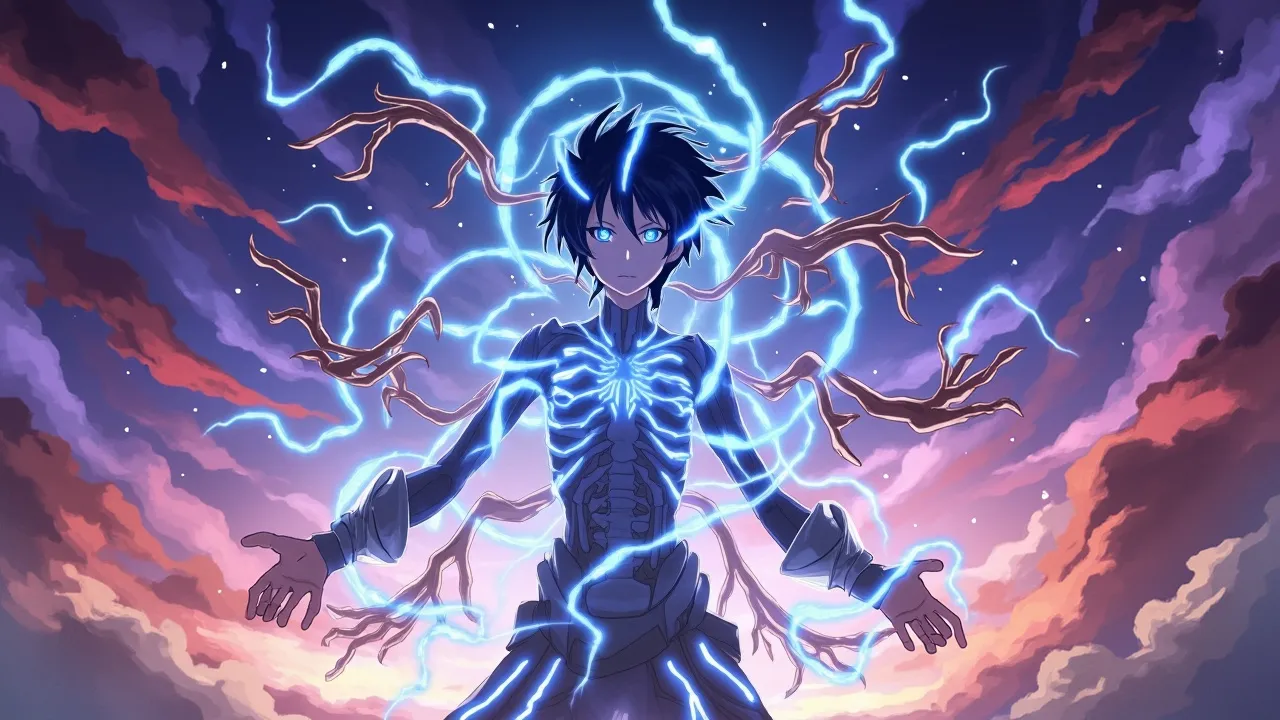
Bone Manipulation | Osteokinesis Video Demo 🎬
Table of Contents
- Bone Manipulation | Osteokinesis Video Demo 🎬
- What Is Bone Manipulation
- Core abilities of Bone Manipulation
- Application / Tactical Advantages in Combat
- Level: Level 1 🏙️, Level 2 🌇, Level 3 🌃
- Limitations of using the Bone Manipulation
- Weakness against what other superpowers
- Synergistic Power Combos
- Known Users
Bone Manipulation, also known as osteokinesis, is the superhuman ability to control, shape, and generate bone. Users can reinforce their own skeleton, grow osteogenic armor, form organic blades or projectiles, and in advanced cases influence the skeletal structures of other organisms. As a combat and survival toolkit, Bone Manipulation combines defensive resilience with brutal close-quarters offense, all grounded in the biology of osteogenesis, osteoclast activity, and rapid calcification. For readers exploring related powers, see the broader catalog on our superpower wiki or roll a new idea with the random superpower generator.
What Is Bone Manipulation
Bone Manipulation is the controlled acceleration and redirection of natural bone processes—growth, remodeling, and resorption—through conscious will or bioenergetic output. At its core, the power taps into the body’s osteoblasts (bone-building cells) and osteoclasts (bone-breaking cells) to thicken, hollow, sculpt, or weaponize skeletal tissue. Depending on the user, osteokinesis may be limited to self-only (self-skeletal manipulation) or extend outward to other creatures (external osteokinesis), sometimes even to fossilized or detached bone.
Key alternate terms searched by fans and creators include skeletal manipulation, osteogenesis control, calcific armor, exoskeletal growth, and osteoform weaponry.
Core abilities of Bone Manipulation
Self-skeletal reinforcement
Users densify cortical bone, increase trabecular lattice complexity, and micro-tune elasticity. Practical results include higher impact tolerance, fracture resistance, and the ability to withstand concussive force.
Osteogenic armor and plating
By accelerating periosteal growth, the user can bud plates, ridges, and exoskeletal segments along ribs, shoulders, forearms, shins, and back. This osteogenic armor can be smooth for deflection or ridged for grappling, with openings left for joints to preserve mobility.
Organic weapon fabrication
Common manifestations include ulna or radius spikes, phalangeal claws, serrated forearm blades, and rib-born shields. Advanced users produce detachable osteo-projectiles—quills, flechettes, javelins—that regrow after expending biological reserves.
Rapid remodeling and repair
Controlled osteoclast activity allows the user to “melt” and reshape bone on the fly, then recalcify. Broken bones can be realigned and healed faster than normal, and misgrown plates can be reabsorbed to reduce drag or weight.
Morphological tuning and ergonomics
Bones can be hollowed for weight reduction or thickened at stress points, enabling parkour-style agility or heavy impacts. Joint geometry can be micro-adjusted to extend reach, alter leverage, or improve stance stability.
External osteokinesis (advanced archetype)
Some users can manipulate bone outside their body—controlling skeletal remains, fossil fragments, or the bones of living targets. Ethical and power-cost considerations are enormous for this capability, and many settings restrict it.
Biochemical optimization
With practice, the user manages calcium allocation, vitamin D pathways, and marrow niche preservation to avoid anemia and minimize fatigue, maintaining a healthy balance between osteogenesis (building) and hematopoiesis (blood production).
Application / Tactical Advantages in Combat
Offense
-
Close-quarters dominance: Arm- and elbow-mounted blades, knee spikes, and knuckle ridges turn every strike into a cutting or piercing attack.
-
Ranged pressure: Detachable quills or slivers create suppressive fire, pinning foes or forcing movement. Spines can be curved for gyroscopic stability in flight.
-
Grapple control: Barbed ridges along the forearm or shin anchor holds and make escapes painful. Joint micro-adjustments increase leverage in throws and locks.
Defense
-
Reactive plating: Plates unfurl over vital organs and along the spine to mitigate gunfire and blunt trauma.
-
Shock absorption: Micro-architecture can be tuned to flex and dissipate energy rather than shatter, reducing concussive injury.
-
Ad hoc shields: Flat ribs or shoulder plates can hinge into interlocking shields for brief cover during reloads or retreats.
Mobility
-
Weight tuning: Hollowing long bones lowers energy cost for sprinting or climbing; densifying feet and shins improves landings.
-
Tool-less traversal: Bony hooks and crampons enable quick ascents of walls, ice, or trees without external gear.
Utility and rescue
-
Medical stabilization: The user can splint fractures internally, cradle vital organs with temporary cages, or protect a patient during extraction.
-
Construction and anchoring: Osteo-hooks and plates can brace doors, anchor ropes, or create improvised stretchers.
Psychological impact
- Intimidation factor: Visible growth of spikes and plates often demoralizes opponents or ends fights pre-engagement—an advantage in crowd control or deterrence scenarios.
Level: Level 1 🏙️, Level 2 🌇, Level 3 🌃
Level 1 — Osteo-Initiate
-
Scope: Self-only; small-scale growths (claws, knuckle ridges, minor plating).
-
Duration & cost: Short bursts; noticeable soreness and calorie drain.
-
Reliability: Prone to hairline fractures if overused; growths are blunt without practice.
-
Narrative use: Street-level hero or rookie combatant discovering skeletal manipulation in high-stress moments.

Level 2 — Osteo-Artisan
-
Scope: Full-body reinforcement; detachable spines; interlocking armor segments; limited remodeling for speed or durability profiles.
-
Duration & cost: Sustained in combat; requires high-calcium diet and disciplined recovery.
-
Reliability: Fewer fractures; on-the-fly retuning between offense/defense modes.
-
Narrative use: Experienced operative; can alternate between agile and tanky builds mid-mission.
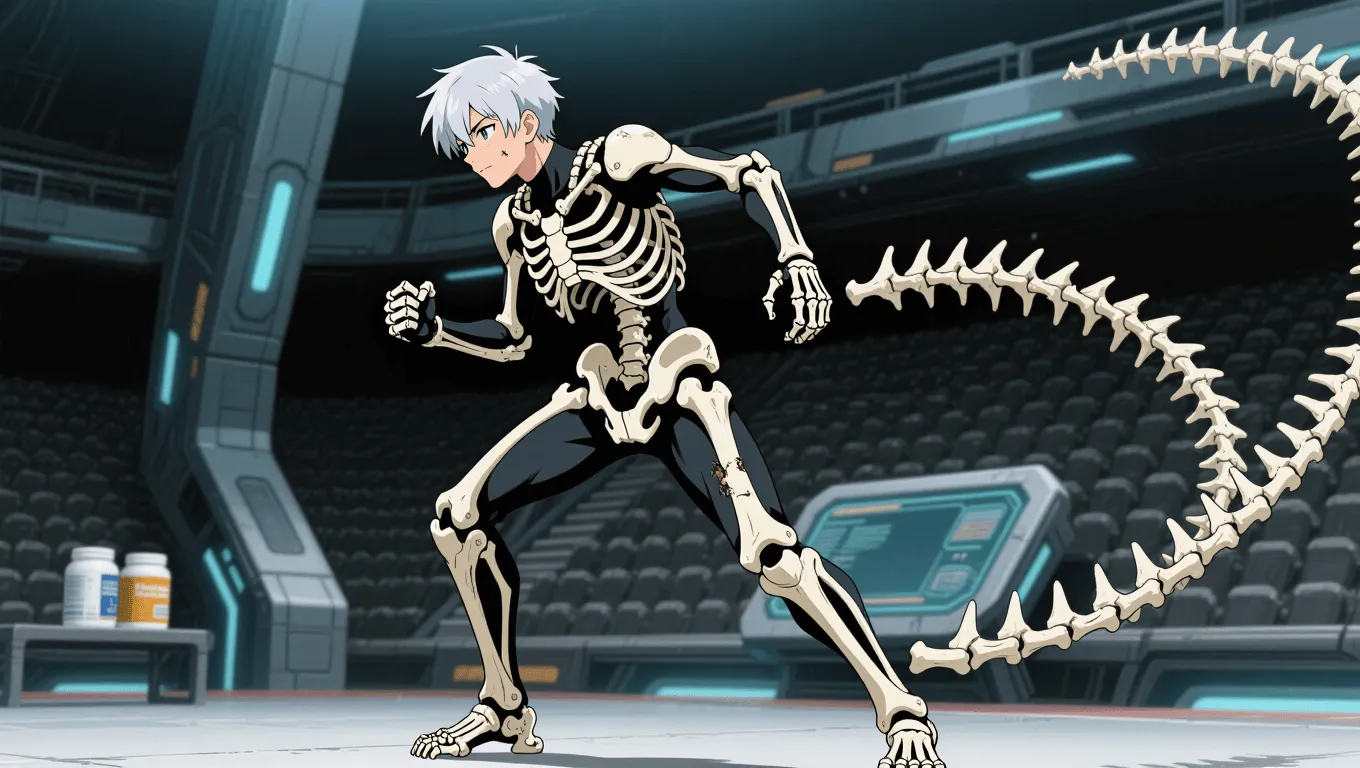
Level 3 — Osteo-Master
-
Scope: Precision reshaping; rapid regeneration of complex forms; external osteokinesis on dead bone; limited influence on living targets (ethically fraught).
-
Duration & cost: Marathon-length engagements possible with preparation; elevated metabolic and hydration needs.
-
Reliability: Surgical control of osteoclast/osteoblast cycles; near-instant weapon refresh.
-
Narrative use: Apex combatant, battlefield controller, or morally gray antihero with crowd-level influence.
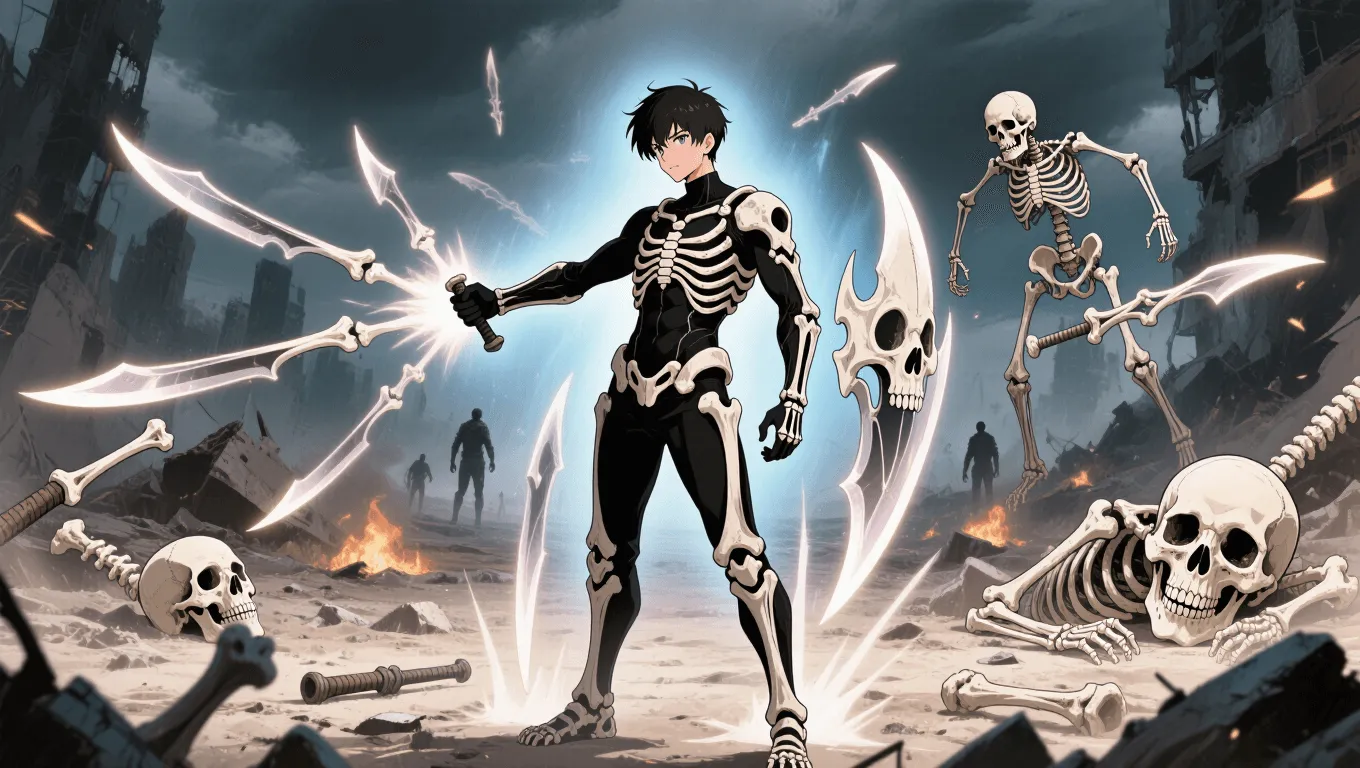
Limitations of using the Bone Manipulation
-
Metabolic taxation: Accelerated osteogenesis consumes calories, minerals, and hydration. Extended use risks hypocalcemia, fatigue, and cramps.
-
Marrow preservation: Over-plating can compress or displace marrow cavities, compromising red blood cell production and immunity if not managed.
-
Pain and sensory load: Remodeling is inherently painful; inexperienced users may hesitate or pass out during rapid changes.
-
Brittleness trade-off: Over-calcified structures resist dents but may snap under torsion or cold exposure; balance of toughness vs hardness is crucial.
-
Joint stress: Armor gaps protect mobility, yet repeated growth cycles strain ligaments and cartilage, increasing the risk of long-term joint damage.
-
Infection risk (open growths): Externalized spikes that pierce skin create routes for pathogens unless sealed or reabsorbed cleanly.
-
Ethical and legal boundaries: External control of other beings’ skeletons is often outlawed within fictional settings and may trigger severe narrative consequences.
-
Range and medium limits: Osteokinesis generally requires line-of-sight or proximity; it is less effective through dense barriers or on non-osseous materials.
Weakness against what other superpowers
-
Acid/Corrosion Manipulation: Dissolves mineralized tissue and compromises armor rapidly.
-
Vibration/Sonic Manipulation: Resonant frequencies can induce microfractures and shatter brittle plates.
-
Cryokinesis: Extreme cold increases bone brittleness, making plates and spikes more likely to crack under impact.
-
Telekinesis/Force Projection: Keeps distance, rag-dolling users before they can close for melee advantage.
-
Molecular Destabilization/Disintegration: Bypasses mechanical defenses entirely by altering material integrity.
-
Phasing/Intangibility: Ignores physical barriers, rendering osteo-armor moot.
-
Energy Projection and AoE Blasts: Overwhelms local armor with heat and concussive force across the whole body.
-
Gravity Manipulation: Immobilizes or crushes plates into joints, causing self-inflicted damage.
-
Hemokinesis (Blood Control): Targets the soft-tissue systems bone protects, circumventing exoskeletal defenses.
Synergistic Power Combos
- Regeneration/Accelerated Healing: Offsets wear and tear from frequent remodeling and speeds recovery after high-stress osteogenesis.

- Biokinesis: Grants fine control over mineral balance, collagen alignment, and marrow protection for stronger, safer structures.
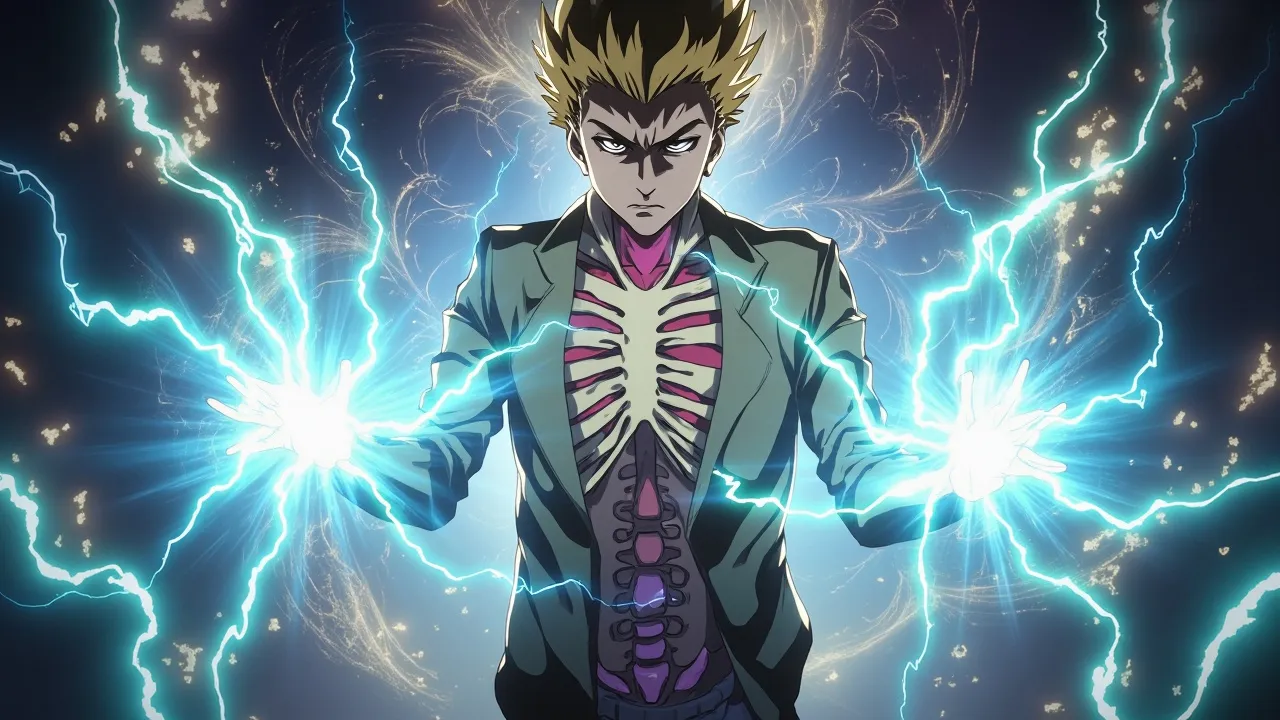
- Density Control/Hardening: Tunes microstructure to resist cutting or torsion without sacrificing toughness.
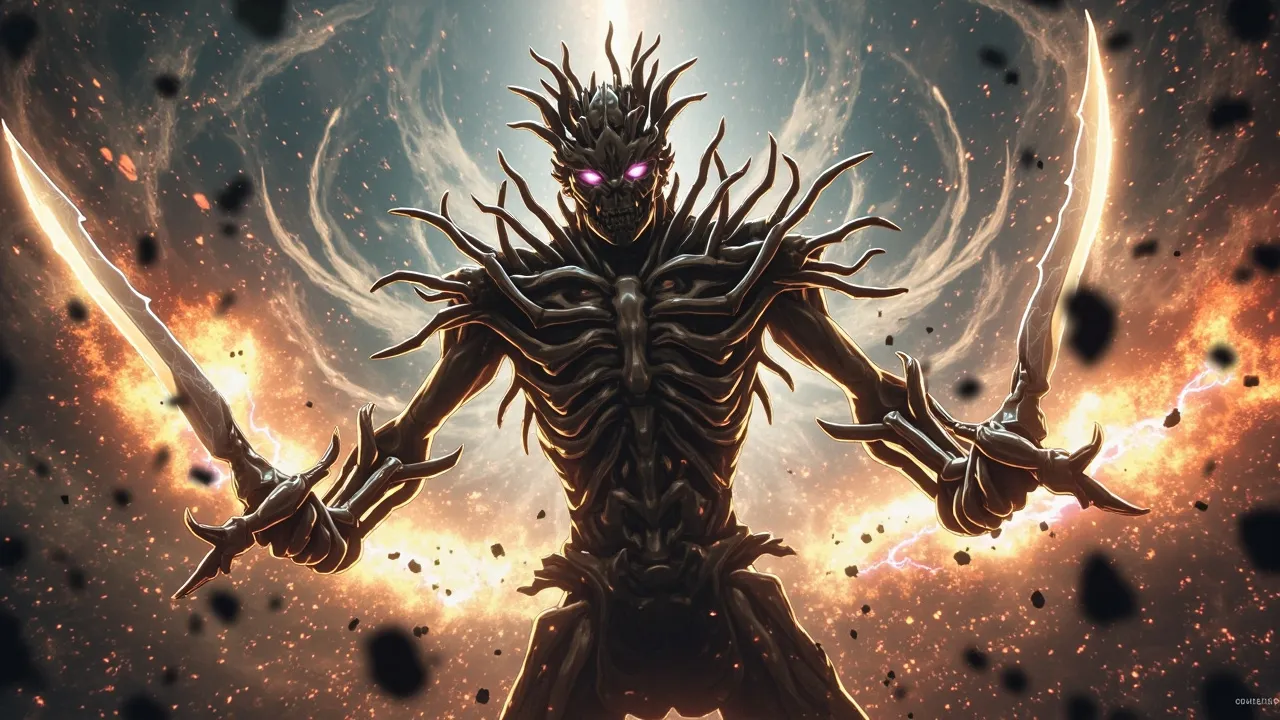
- Pain Suppression or Adrenal Control: Maintains clarity while reshaping; reduces stun from sudden growth pains.
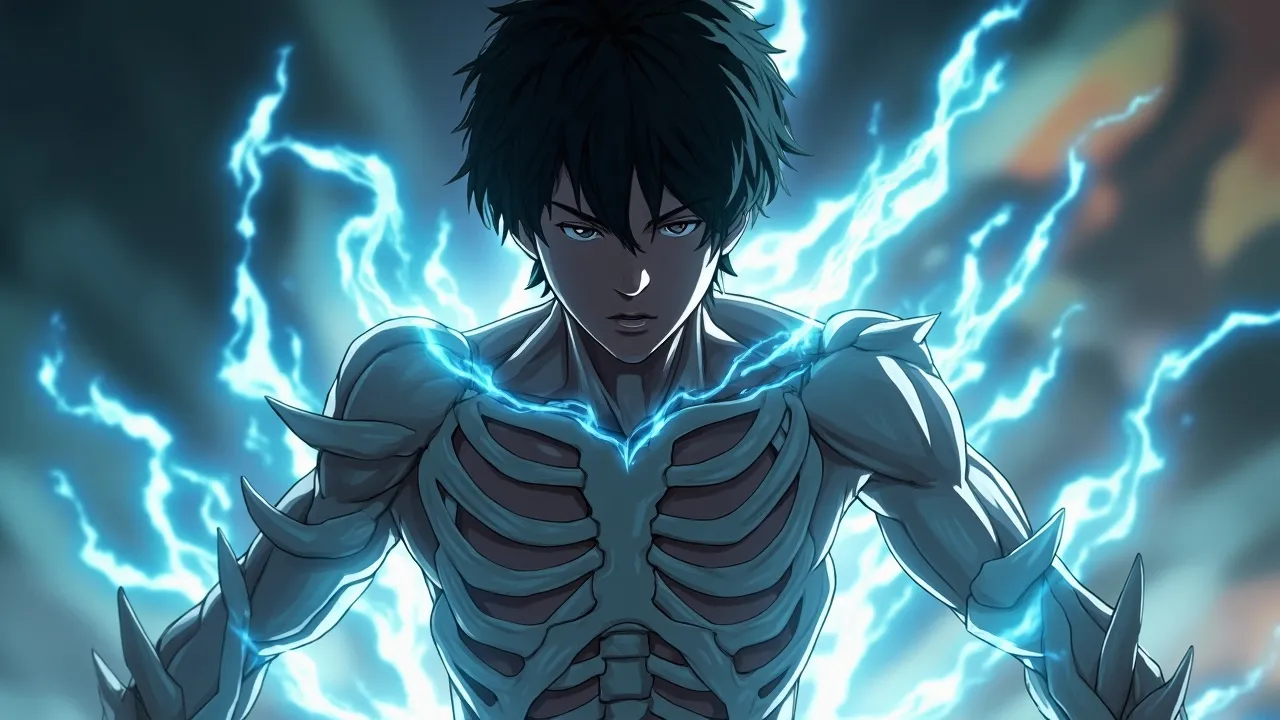
- Telekinesis (micro-scale): Guides bone projectiles mid-flight and stabilizes quill dispersion patterns.
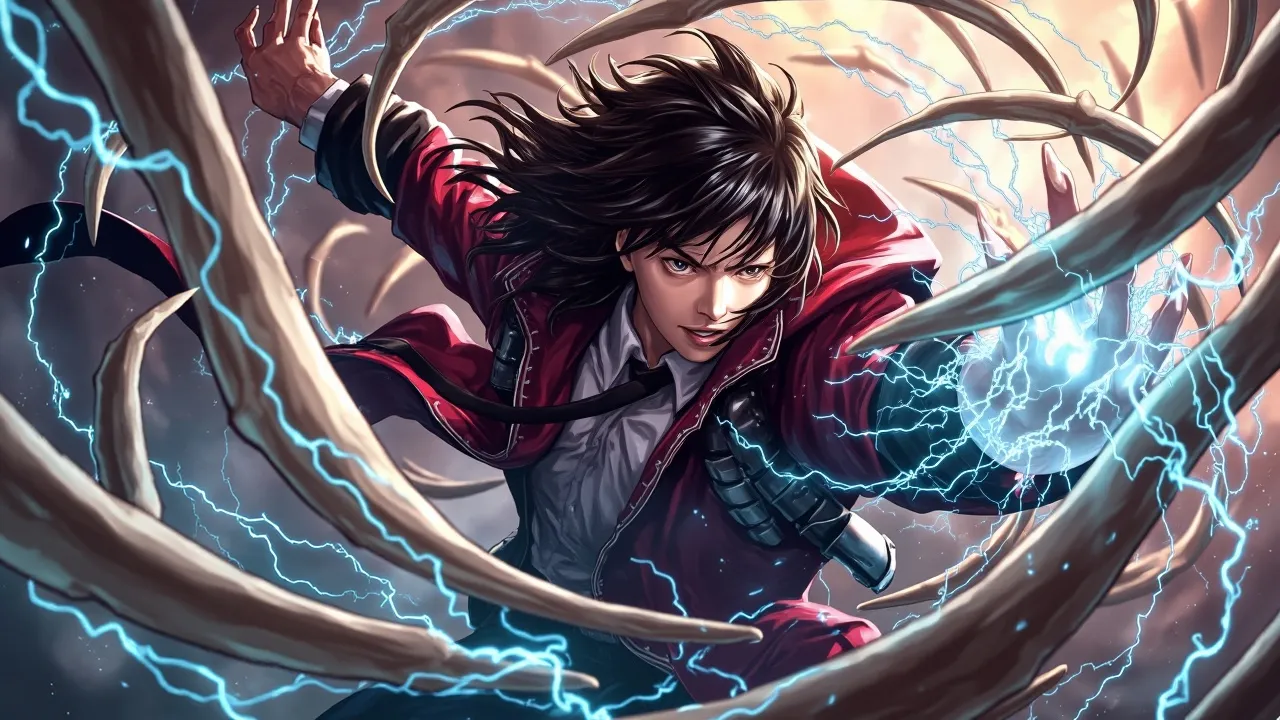
- Metal or Mineral Manipulation: Integrates trace minerals (e.g., silica, carbon) for hybrid composites; reinforces edges of osteo-blades.

- Reflex Enhancement/Precognition: Pairs perfectly with blades and armor that appear instantly, enabling predictive counters.
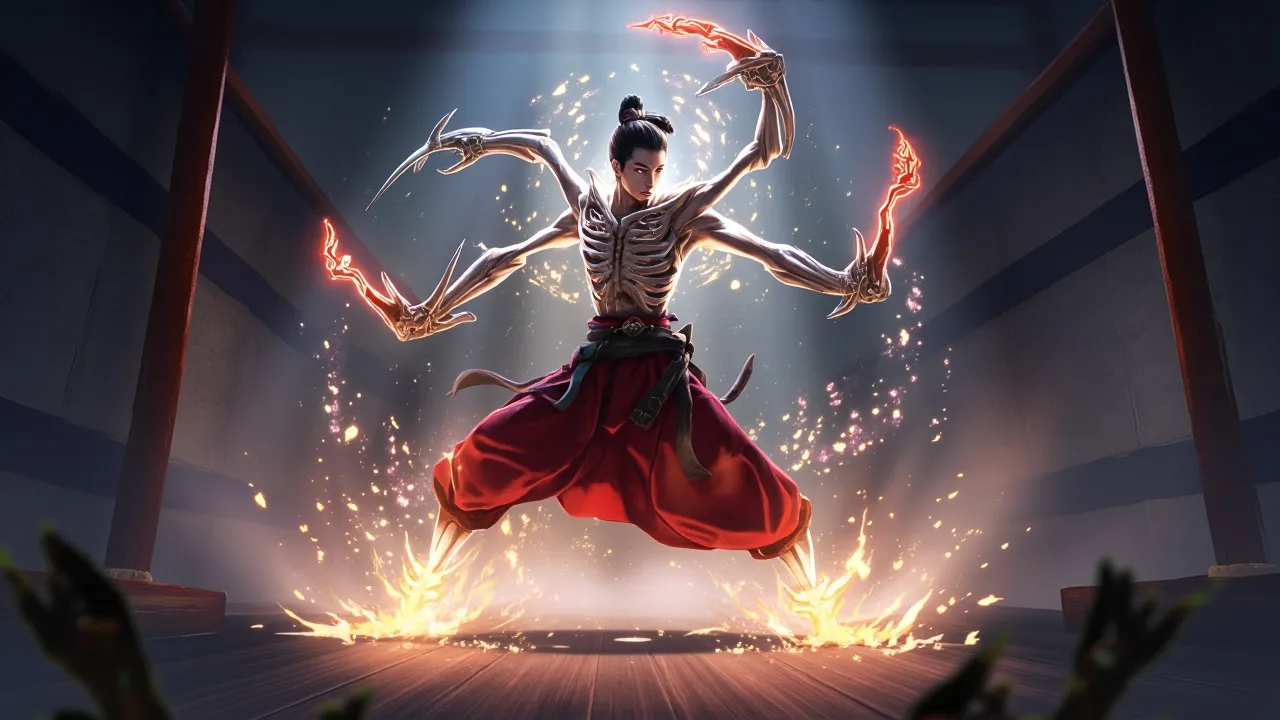
- Geokinesis (Calcium Carbonate Sourcing): Draws environmental calcium to fuel large builds when diet stores are low.
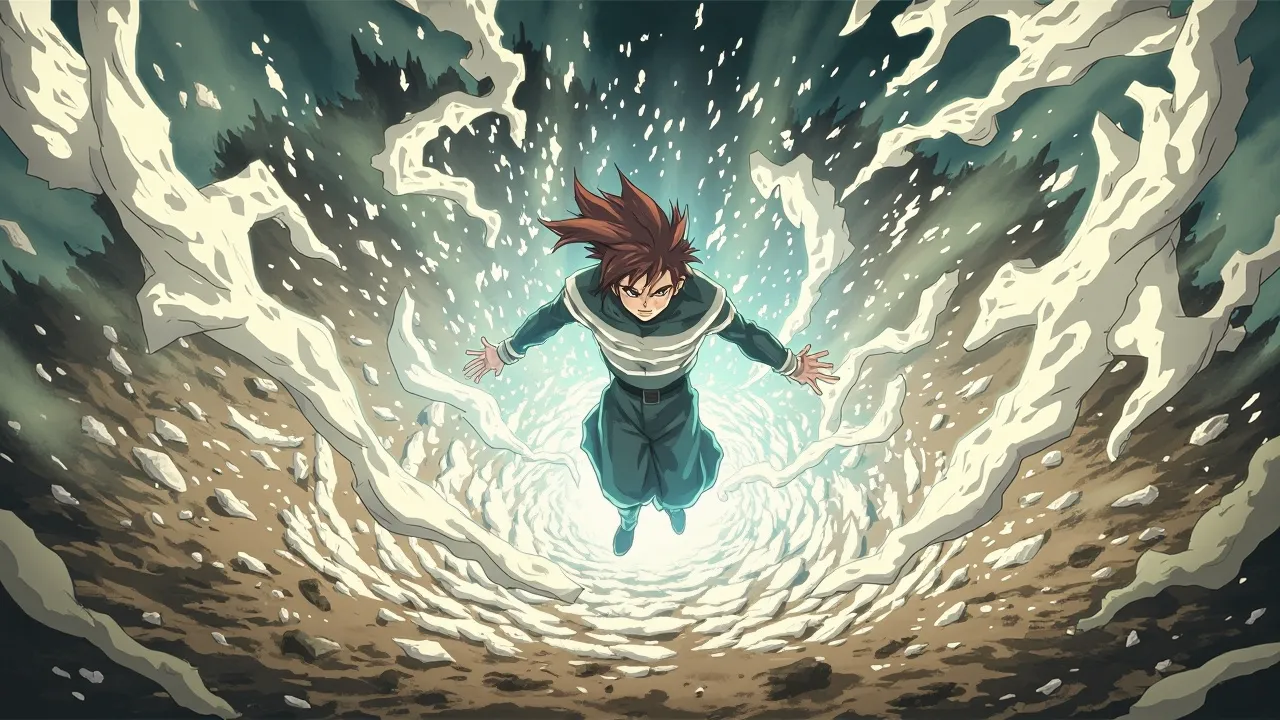
Known Users
-
Marrow (Sarah Rushman) — A mutant vigilante/heroine known for growing bone spikes and plates from her body; see her profile on Marvel’s official site.
-
Kimimaro — A shinobi whose kekkei genkai allows full skeletal control, featuring bone swords and armor; more details on the Naruto Wiki.
For readers looking to compare Bone Manipulation with other abilities or discover a new concept for their character, browse our Superpower Wiki or try your luck with the random power generator.
